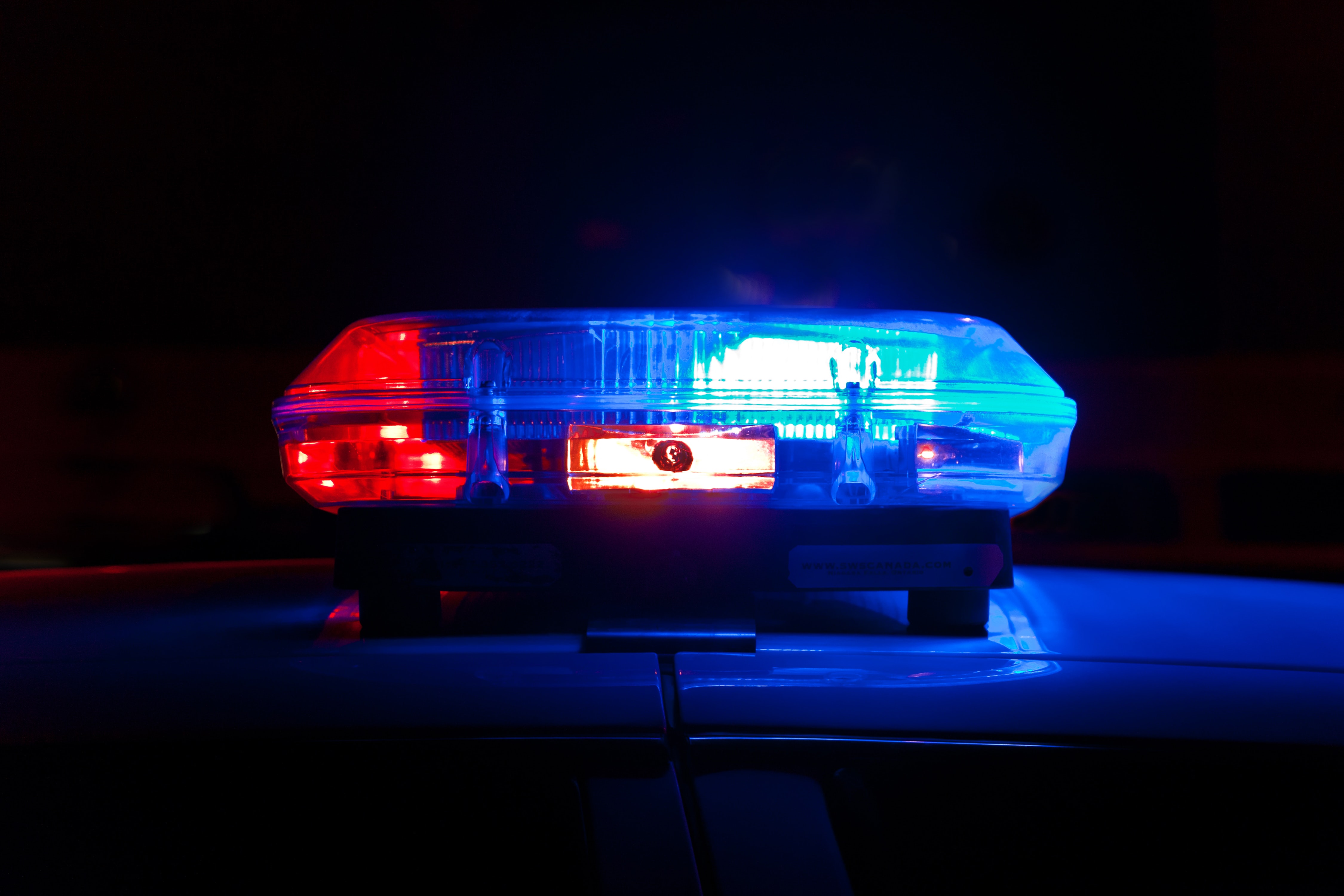
In 2021, Halton police used force against 257 people. More than one-third of them were Black.
That despite the fact that the 2016 census reported only 2.8 per cent of the region’s citizens as Black.
But the vast over-representation of Black people in the statistics is due to out-of-towners skewing the numbers, says Halton police chief Stephen Tanner.
“When we first started looking at this report, it was shocking – when you just look at the numbers – but as I remember from a number of my statistics courses in university, there’s often statistics within statistics,” he told the Halton Police Services Board’s meeting on March 31.
“Most of those individuals, when we asked our use-of-force people to have a better look at it, were not from Halton.”
A report outlining the police service’s 2021 statistics says only nine per cent of the uses of force against Black people involved known Halton residents.
Tanner said the statistics reflect both “violent criminals that are coming from other jurisdictions” to the region, as well as the ten times last year when Halton tactical teams were sent out of the region to help with arrests.
Police are required to track use of force incidents where officers draw or use their guns or other weapons, along with uses of physical force that cause injury requiring medical attention.
In 2019, the province ordered police services to collect race-related use-of-force statistics.
The Halton report notes that race statistics are based on officer perception, or in the case of inconsistencies, the perception of the majority of officers involved.
Race-related statistics for last year’s 257 use-of-force incidents:
- White – 142 (55%) – no breakdown on residency
- Black – 88 people (34%) – 24 Halton residents, 56 residing outside Halton, 8 unknown residency
- Asian or East/southeast Asian – 11 (4%) – no breakdown on residency
- Middle Eastern – 11 (4%) – no breakdown on residency
- Latino – 4 (1%)
- Indigenous – (less than 1%)
Other details of use-of-force incidents:
- 26 incidents (12%) involved a person in crisis, with 14 of those involving someone armed with a bat, pipe, knife or other edged weapon
- In the other 184 occurrences, 30% of the individuals were armed. Guns were involved in 19 cases (10%), while another 36 incidents (20%) involved a bat, pipe, knife or other edged weapon.
- Officers pointed their firearms in 143 incidents (down 15% from 2019)
Last year, Halton police fired their guns 11 times. In 10 of those cases, the officer was killing an injured animal. The other one was an unintentional discharge into a safe loading station.
‘Relatively happy’ with stats, says the chief.
In addressing the overall report, Tanner said he is “relatively happy” with the service’s level of use of force over the last 10 years.
“We don’t have a lot of incidents where there’s a complaint of excessive use of force, which you may see in some different jurisdictions,” he added.
Last year saw a 15 per cent drop in the use of force incidents over 2020, but they have otherwise risen steadily over the last five years.
Tanner attributed that to the “really massive increase in firearms” that police see on the street.
He also noted that police training in de-escalation of incidents might lead officers to draw weapons but not need to shoot them.
“Our training bureau is built to always look at de-escalation because we always want the lowest level of force used possible to resolve the situation without injury to the person or the officer.”
Tanner said he couldn’t go into details but noted that Halton officers recently safely arrested a suspect despite having a live firearm pointed at them.
“That’s the extreme case of de-escalation,” he said. “They would have been totally justified in taking that person’s life because of the risk that was presented to them, but they de-escalated, and that’s what the training does, and thankfully they’re all okay.”
At the board's urging, the chief promised to improve reporting in the future, including a more accurate breakdown of incidents involving out-of-region suspects and those taking place outside of Halton.
A representative from the provincial Ministry of the Solicitor General said analysis of province-wide use of force data is underway.